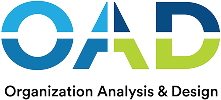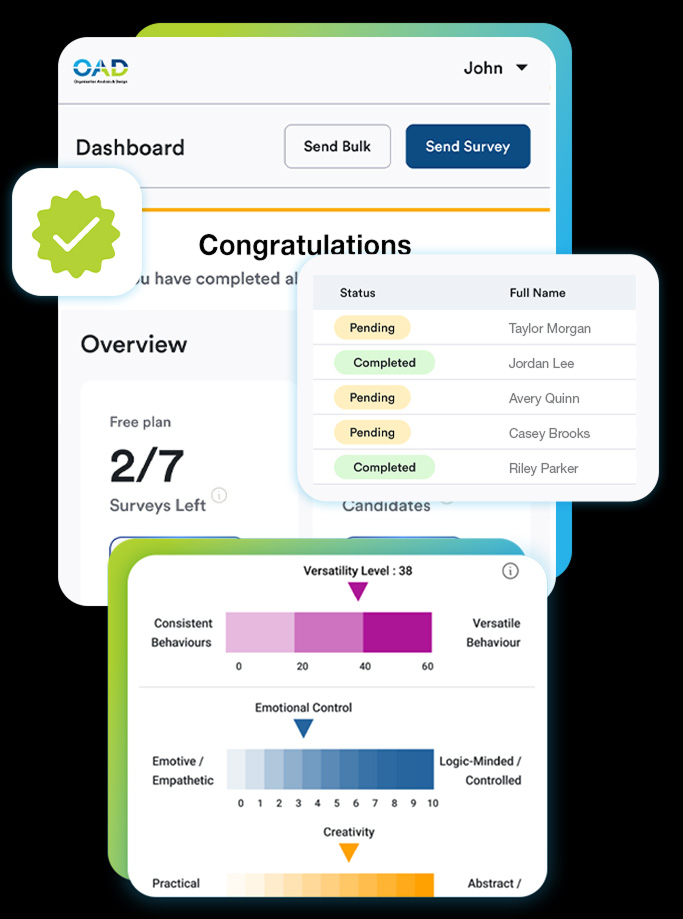Hey everyone, and welcome back to The Science of Leading! I’m Claire Monroe, and I’m here with the one and only Edwin Carrington. Today we’re digging into a topic that probably makes most managers break out in a cold sweat: employee turnover. Edwin, I honestly knew turnover was costly, but some of the numbers I saw prepping for this episode—like, replacing just one person costing six to nine months of their salary? Sometimes even more? That’s wild.
It’s true, Claire. SHRM has research showing the replacement cost can go as high as two times annual salary, especially for specialized or higher-level roles. But the thing leaders tend to overlook is, it's not just direct costs—like posting jobs or onboarding. It's the hidden stuff...lost productivity, lower morale, teams picking up extra slack. Those ripple effects add up fast.
Right, and it’s not always easy to track those hidden costs, which makes them even scarier, I think. And if you’ve got a team of fifty or more, even just a couple mis-hires a year...that’s, like, millions evaporating behind the scenes?
Exactly. And yet, so many organizations stick with old-school hiring methods. The classic: look at resumes, maybe a quick interview, hope for the best. But the data says that’s not a recipe for success. Schmidt and Hunter’s research found unstructured interviews and resumes predict job performance less than 20% of the time. That’s worse than flipping a coin, you know?
That’s shocking. Less than twenty percent?! So basically, if you’re going off gut feeling or that one “good on paper” candidate, you’re kind of gambling with every hire. It almost sounds riskier than not hiring at all.
It is a gamble, Claire. And the odds aren’t in your favor. Amazon’s bar-raiser hiring process is one example of how raising standards early pays big dividends down the line. People think it’s about being tough, but really, it’s about protecting the team’s chemistry and future performance. Same goes for Elon Musk’s approach—he’s well-known for preferring small teams stacked with the best, rather than ballooning headcount with “good enough.”
I remember we talked about something similar in the high-performing teams episode, where you said just adding more people doesn’t create results—it’s about who you add. Setting the bar high in hiring actually prevents so many headaches later, doesn’t it?
Prevents and compounds, yes. Better decisions now mean less turnover, stronger culture, more resilience when challenges come. That’s something the biggest companies and scrappy start-ups alike would do well to remember.
So, basically, if we want to cut turnover in half, it starts before someone even walks in the door. Hiring right really is the foundation.
Let’s talk about how hiring gets smarter. The world of candidate assessment has exploded in recent years. It’s not just about technical tests anymore—it’s cognitive, behavioral, even game-based assessments. And increasingly, AI-powered tools that look at everything from written responses to, yes, even facial cues in video interviews, though those require some scrutiny for fairness.
It’s way more comprehensive than what I went through in my first interviews! So, these modern tools, they’re not just asking if you can solve a math problem—they’re looking at how you adapt, how you communicate, things like emotional intelligence?
Precisely. You can test both hard and soft skills. Cognitive ability assessments are among the strongest predictors of performance. Personality or behavioral tools pick up on things like work style, motivation, even how someone might respond under pressure—traits that, let's be honest, aren’t always obvious from a resume.
Okay, can I share a quick story? I once interviewed a candidate whose resume was, honestly, kind of average. But when we did a structured interview—same questions, same scoring matrix for everyone—she just blew me away. The data was clear. She ended up becoming one of our biggest culture boosters. Totally would’ve been overlooked if we’d gone on just gut instinct.
That’s a perfect example, Claire. Structured, evidence-based hiring reveals those so-called “hidden gems.” Beyond that, it brings consistency. When every candidate goes through the same process, you reduce bias and make decisions you’re not second-guessing in six months.
There’s something comforting for everyone, I think, when the process is transparent. It’s like, even if you don’t get the job, you know you were measured fairly. But can you explain—how do these assessments connect with predicting actual job performance? Like, what’s the science saying?
The evidence is solid. Cognitive ability predicts how someone’ll solve problems and adapt to change. Personality assessments—when tailored to a job—show whether candidates will mesh with a team or company culture. Emotional intelligence, too; companies with high-EQ employees see stronger teamwork and leadership down the line. And all these tools work best when based on thorough job analysis. You can’t just grab any test—you need to know what success looks like in each specific role.
So, the secret sauce is: match the assessment to real role needs, then let the data guide you. That’s actually kind of empowering for managers who are nervous about “making the wrong choice.”
Empowering and proven. And, as we saw with that retailer who cut first-year turnover by 30%—when you combine assessments with solid onboarding and clear job expectations, the payoff is massive. The right fit stays. The wrong fit doesn’t make it through the door.
Alright, so, let’s say a company wants to level up—use assessments that actually stick. What goes into a winning strategy, Edwin? Is it just pick a good test and hope for the best?
Not quite! It starts with a thorough job analysis. Define what success really requires—competencies, traits, technical skills—and then choose assessments proven to predict those things. Validity and reliability matter; you want assessments that measure what counts and deliver consistent results each time. Then, integration is key. The best tools fit seamlessly into your ATS, so candidates experience one smooth process and hiring teams have a single source of truth. Don’t forget the candidate’s side. Too long or confusing, and you’ll lose top talent before the real work even begins. Communication and transparency go a long way.
So, like, letting people know upfront what to expect, how long things will take, how their results get used—and giving them support if needed?
Exactly. And keep auditing for fairness—look for adverse impact, review outcomes, and adapt as job requirements evolve. The other piece is training hiring teams to read assessment reports the right way. Even the sharpest tool is useless if no one understands how to apply the data. So, regular refreshers, bias awareness, and interpreting results in context are essential.
Can we talk about team benefits for a second? Because when there’s a standard process, it feels like—less drama, right? No more endless debates because “so-and-so had a good feeling” about a candidate?
Absolutely. Standardized data creates a common language for HR, hiring managers, and leadership. You move from opinion to evidence, cut out confusion, and make confident, collaborative decisions. It also helps with DEI—objective scoring supports fairer, more inclusive hiring. And, as you alluded earlier, it clears out “the drama.”
I love that. And I’m totally stealing the “no more drama” line for my next all-hands. One thing I’m curious about—this kind of science-backed approach always sounds like something only Amazon or Google can pull off. But it’s not just for Big Tech, right?
Not at all. Take Warren Buffett’s classic “tripod”—integrity, intelligence, and energy. Those qualities are just as relevant in a fifty-person business as they are in a Fortune 500. The point is, with tools like OAD, you can bring that rigor within reach, and do so affordably. OAD’s platform, for instance, brings decades of behavioral science to everyday hiring, helping companies of any size get the kind of predictive outcomes the tech giants built from scratch.
If you want to keep your best people, it has to start with a process that’s fair, clear, and—and this has been kind of our theme for a while—backed by real evidence, not just hope. Edwin, thanks for, as always, bringing that mentor wisdom. Any final advice?
Just this: Turnover drains more than your budget—it erodes culture, trust, and momentum. The companies that thrive are the ones making data-driven, intentional choices—before the offer letter ever goes out.
And if you want to see what that looks like in practice, you know where to find us. We’ll be back with more actionable ideas soon. Edwin, thank you. Everyone listening, thank you, and we’ll catch you next time on The Science of Leading!
Goodbye, Claire. Goodbye, everyone.

